Ruxton Meadow, 2019
Transforming a monoculture of grass and non-native shrubs into a biological corridor, resplendent with pollinators!

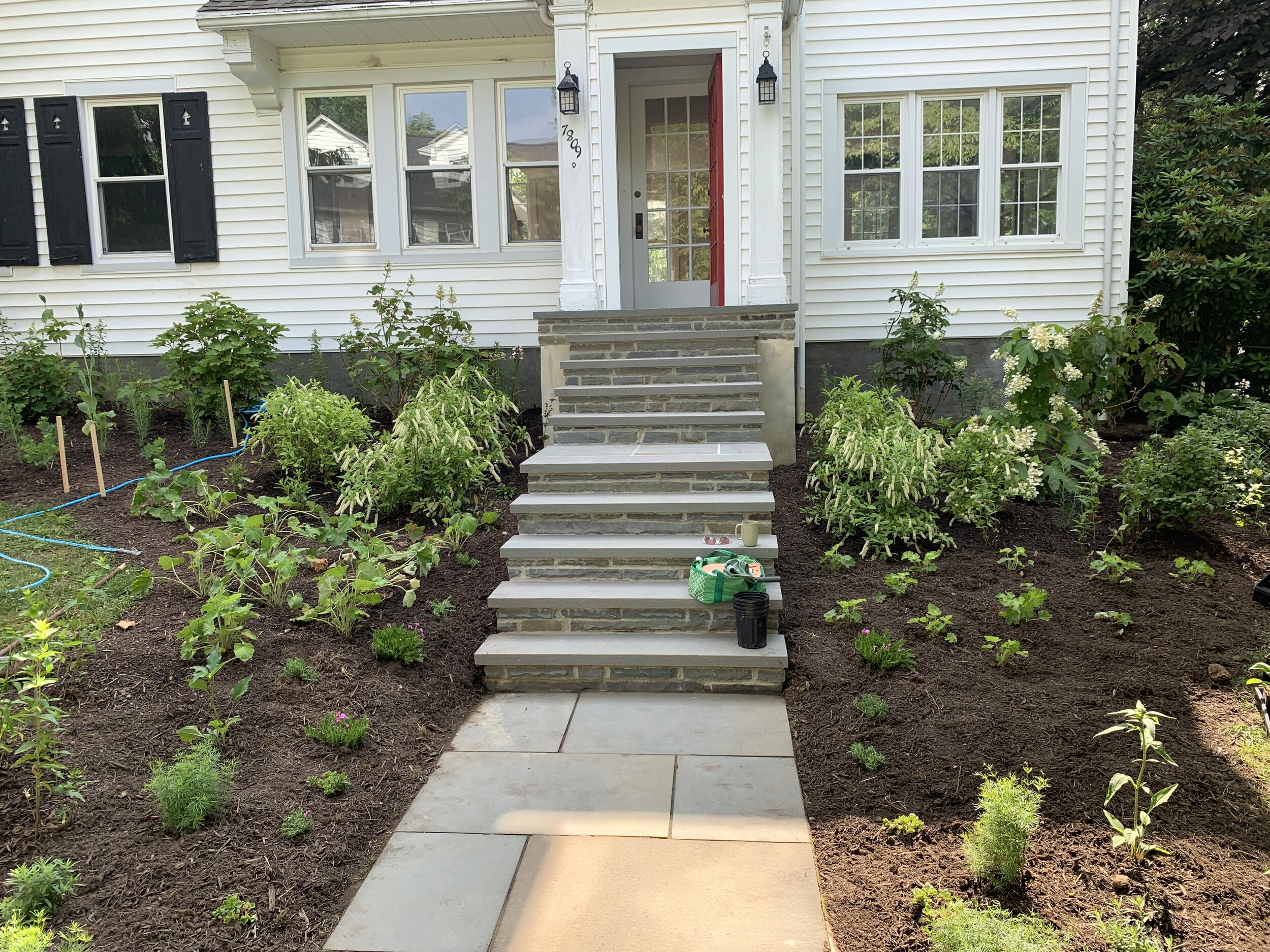




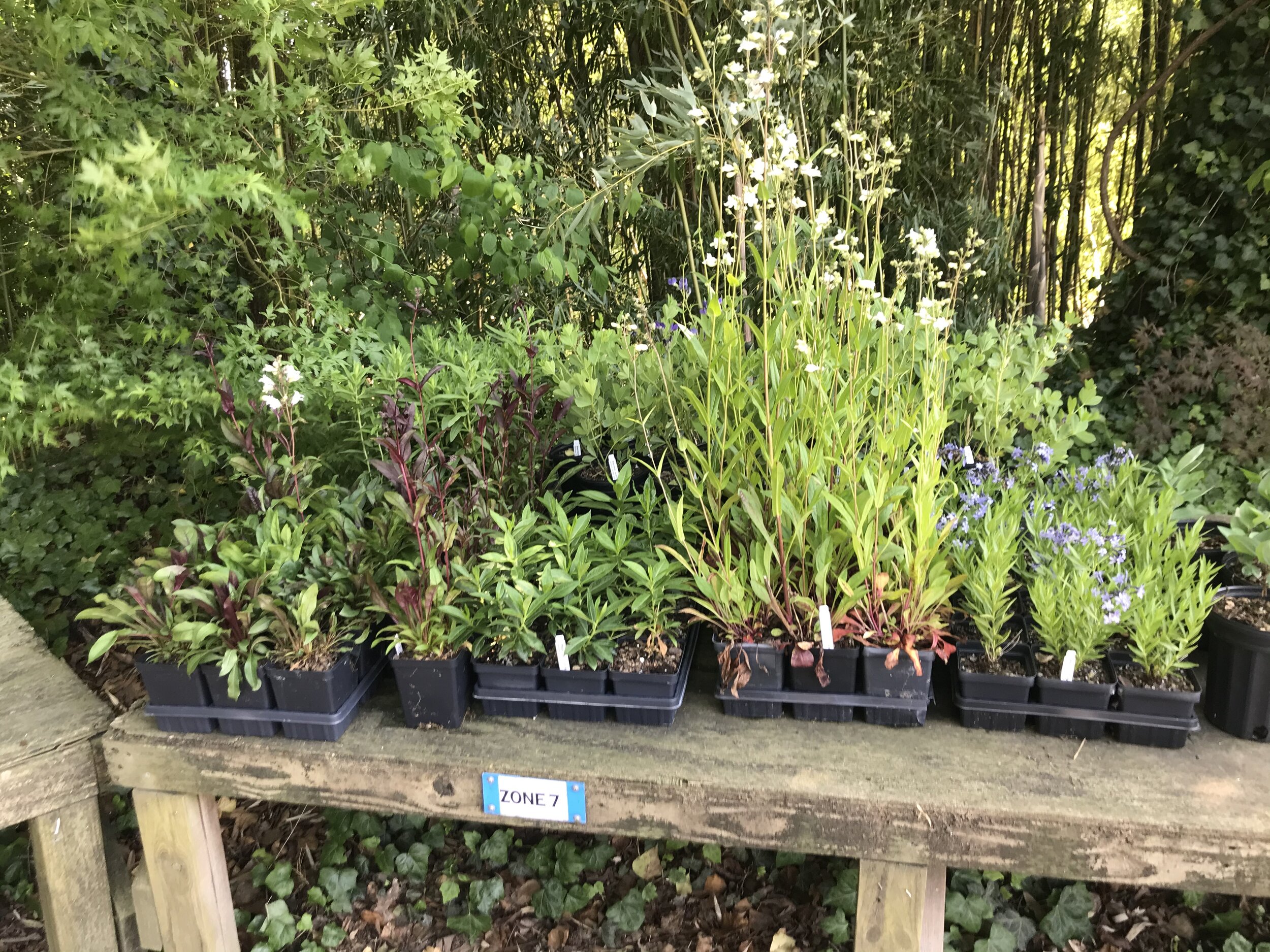

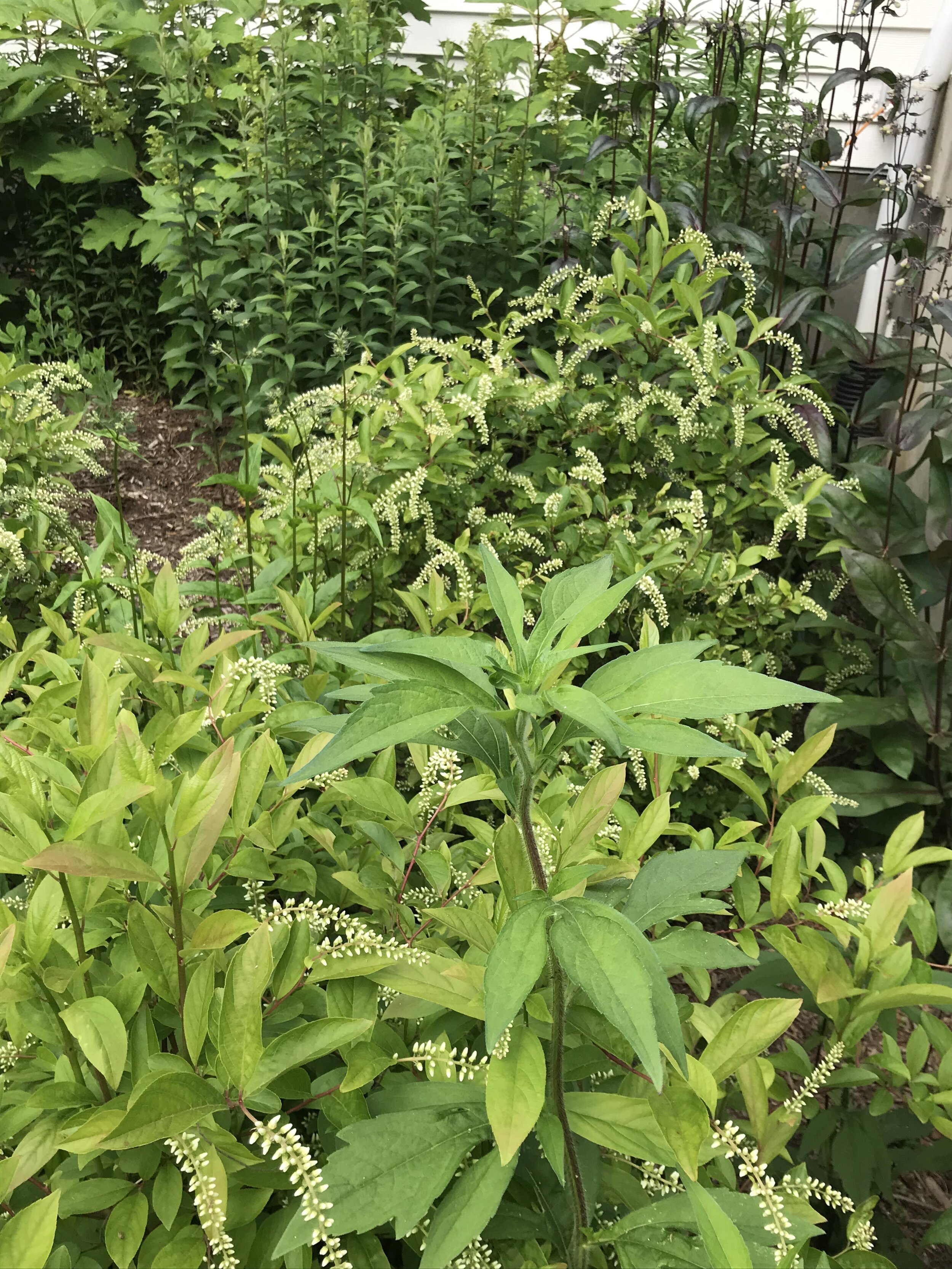

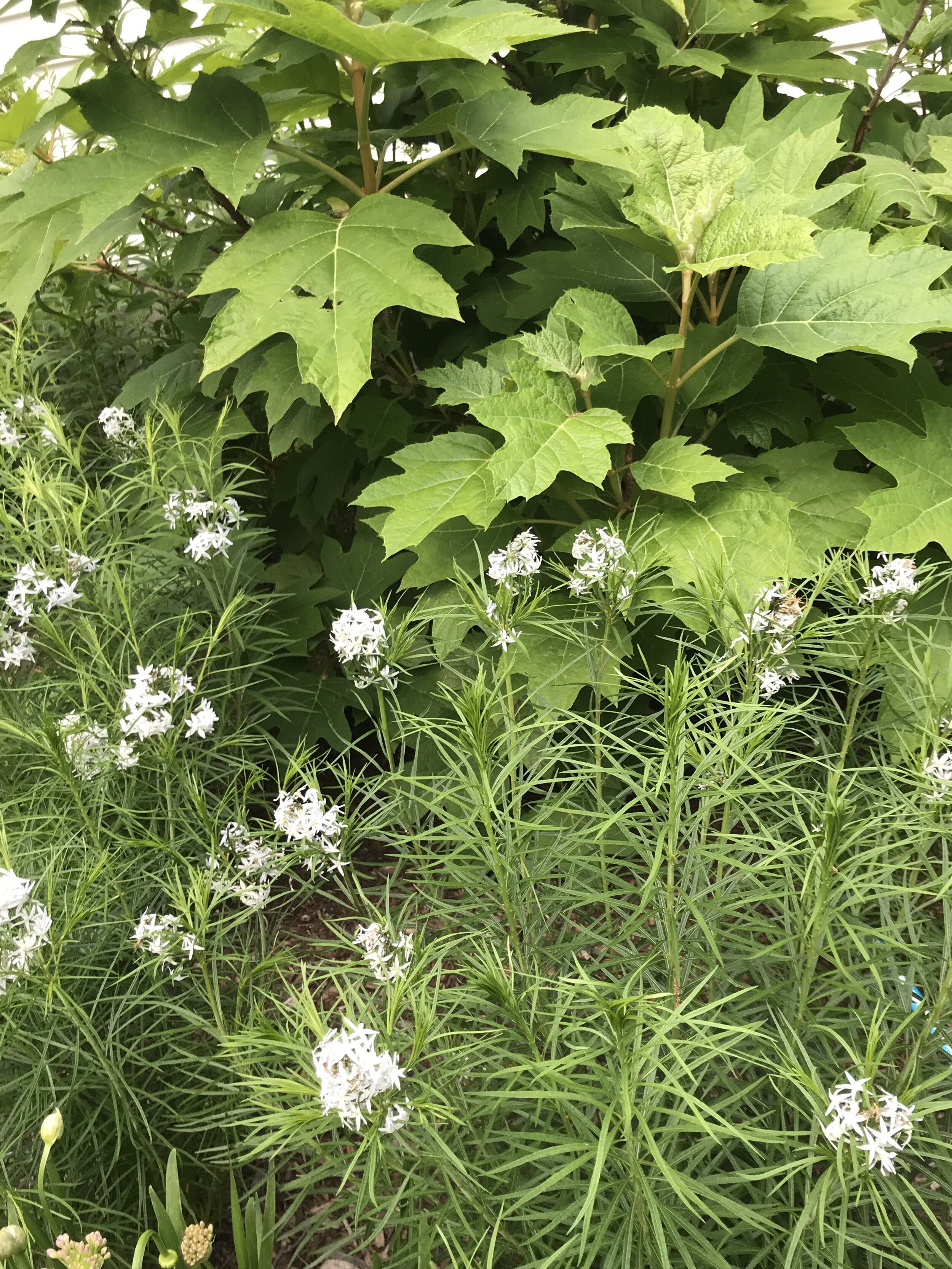
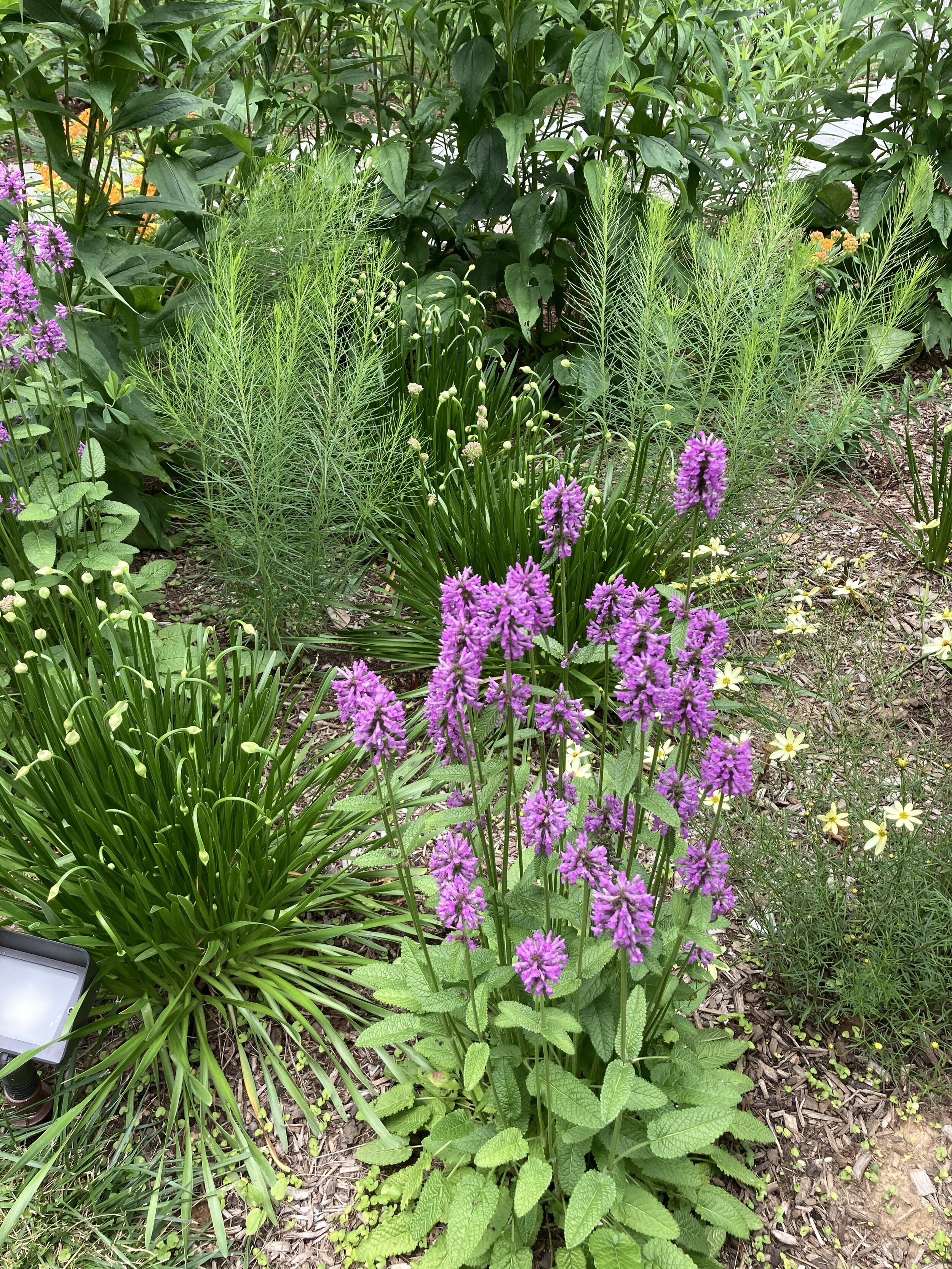
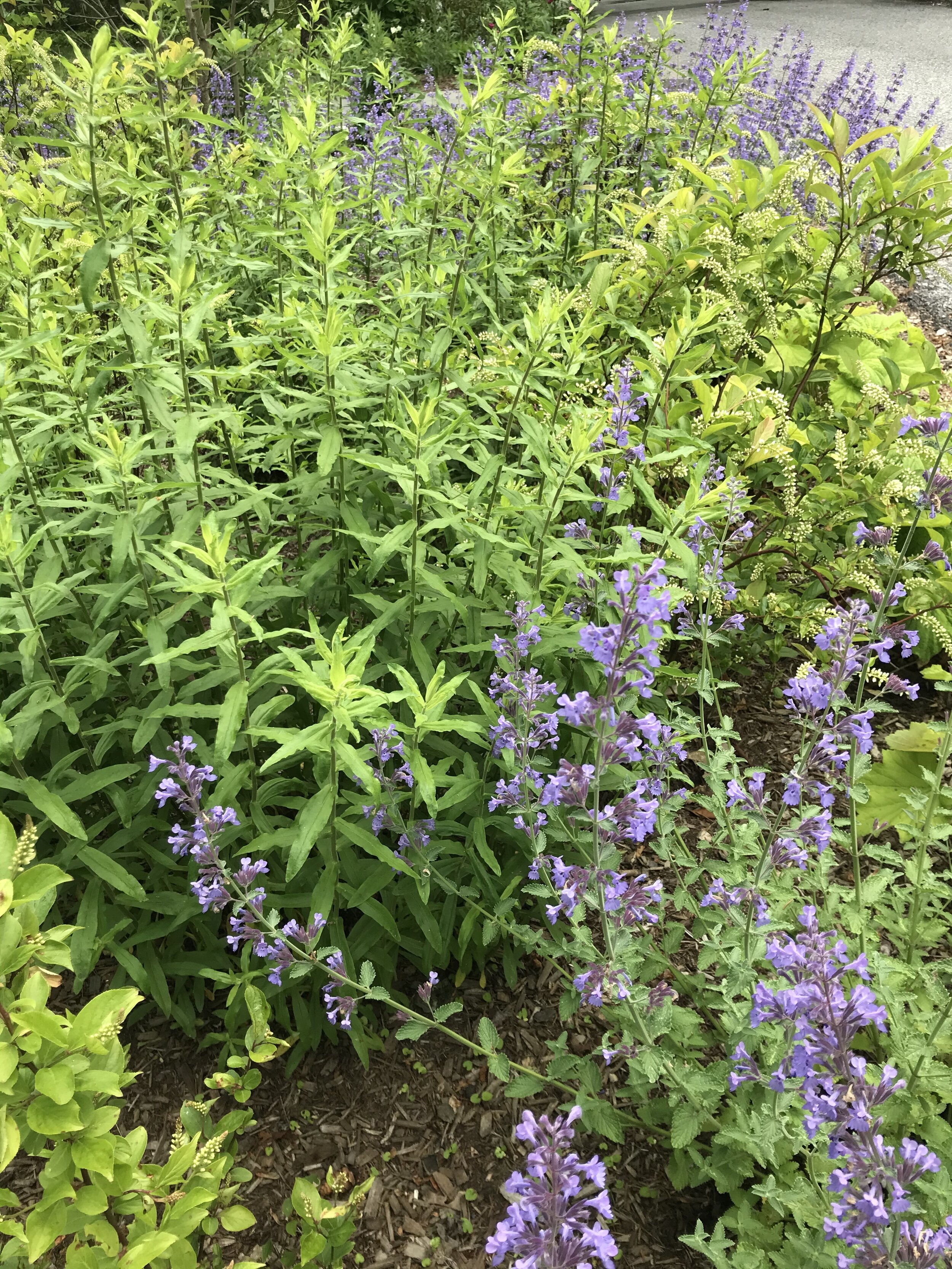
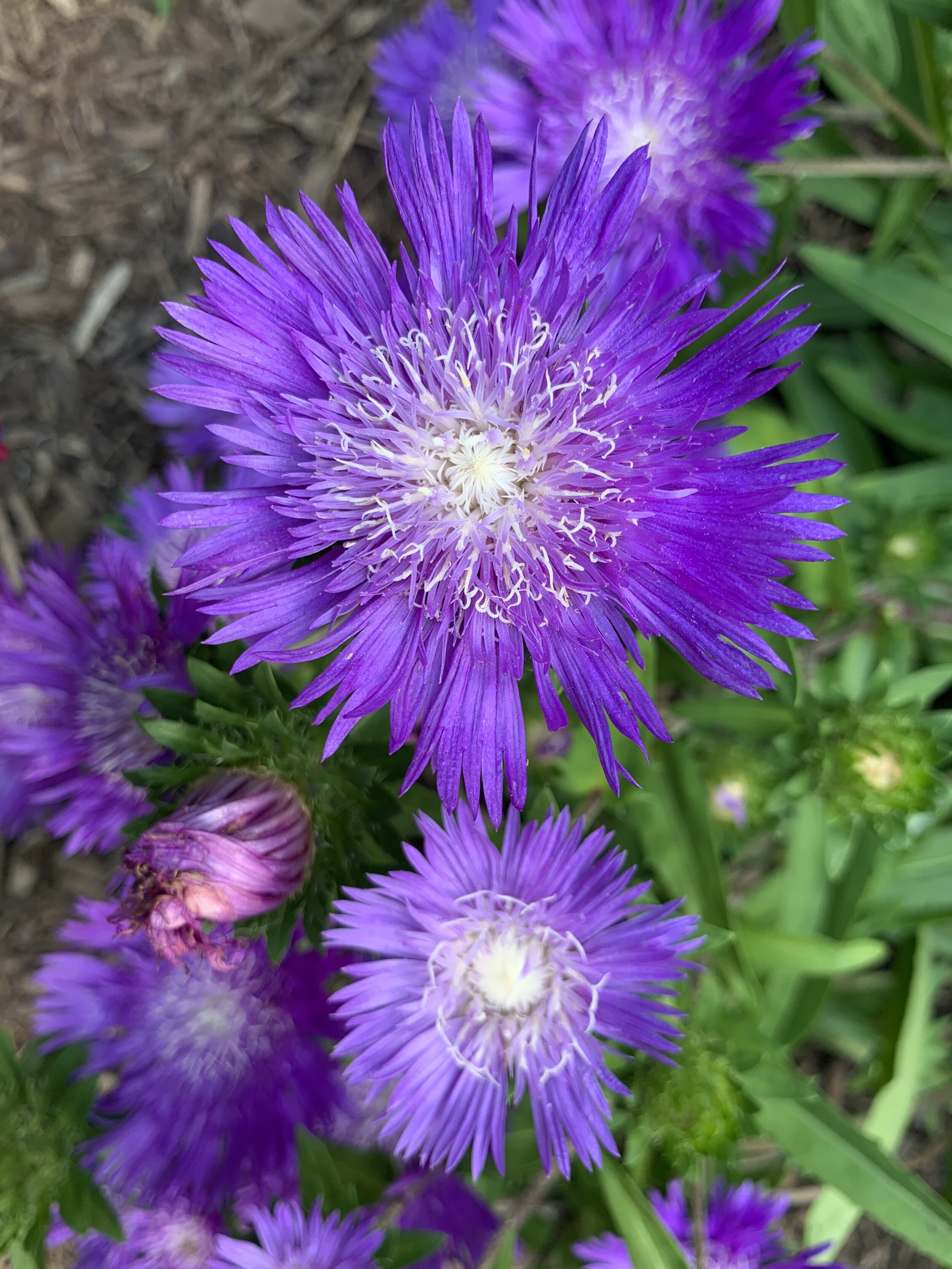
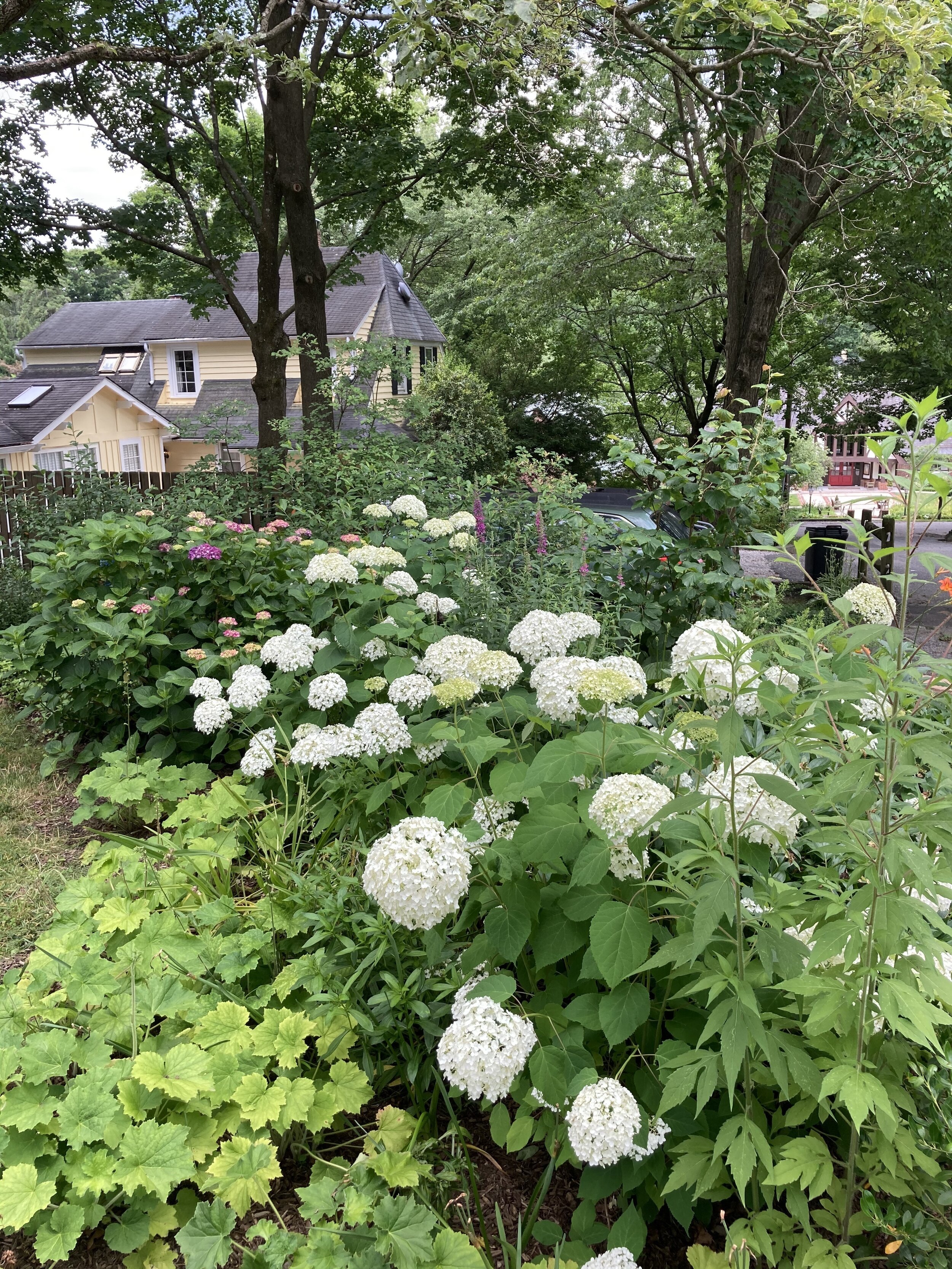
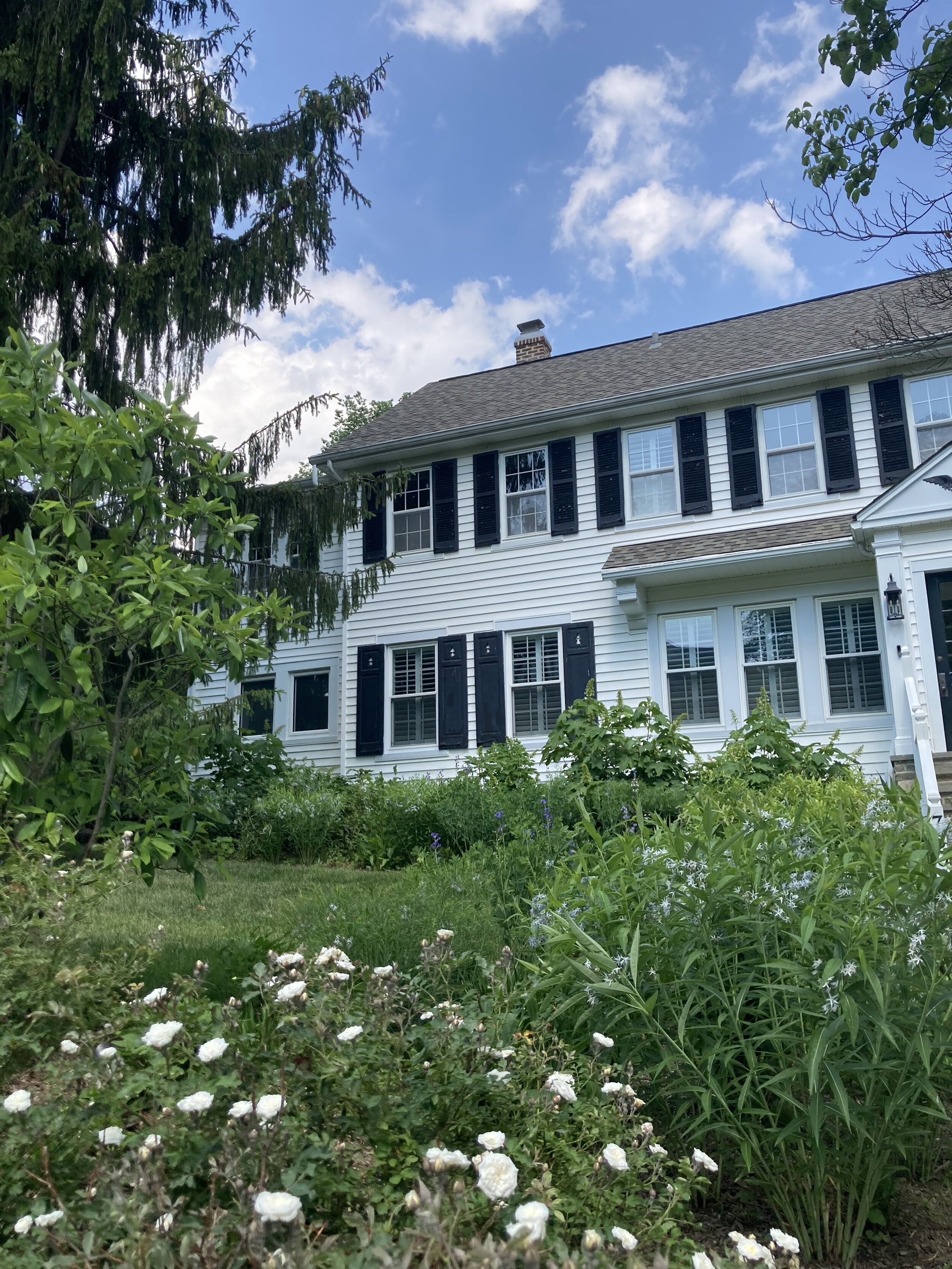
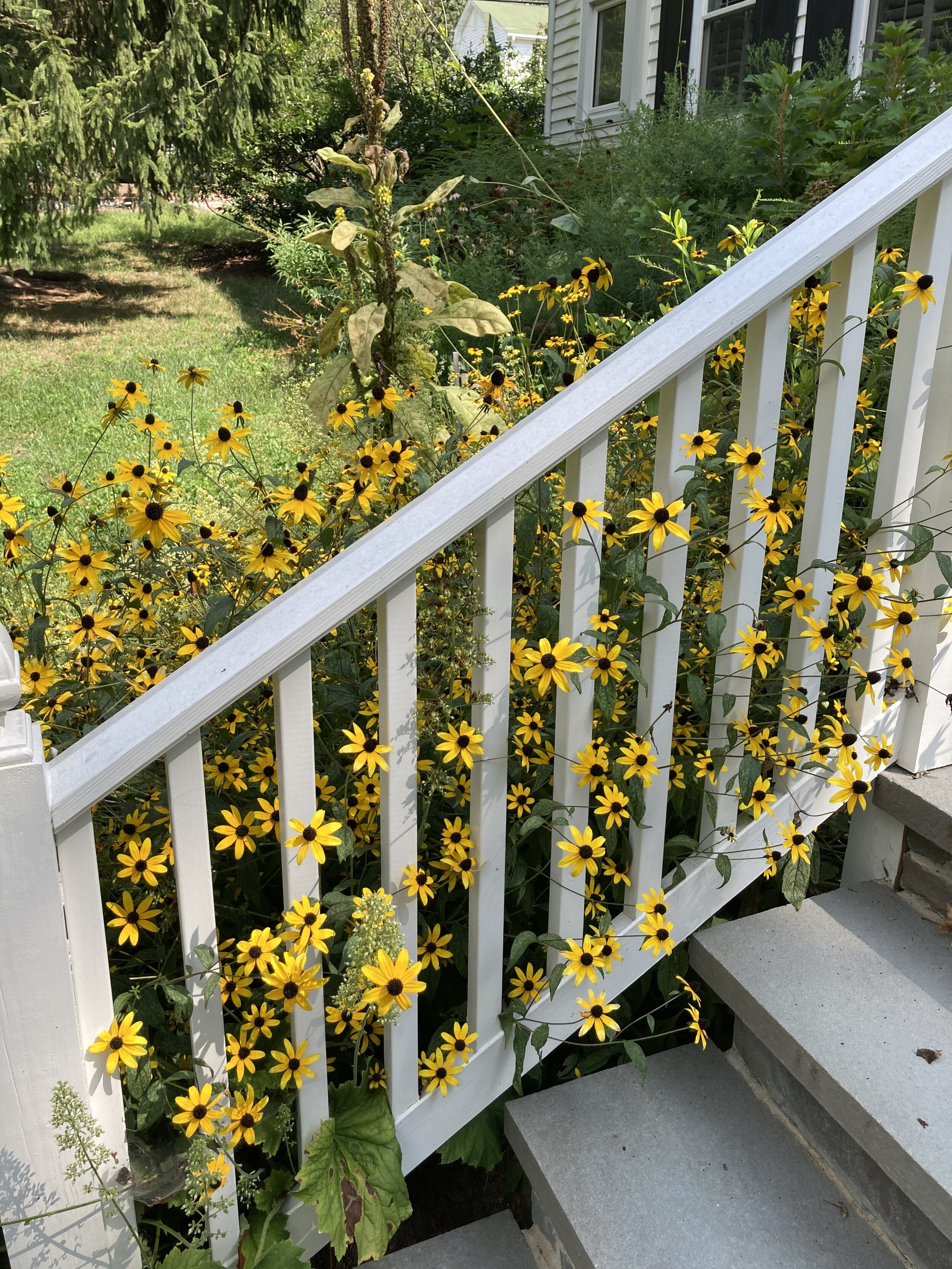

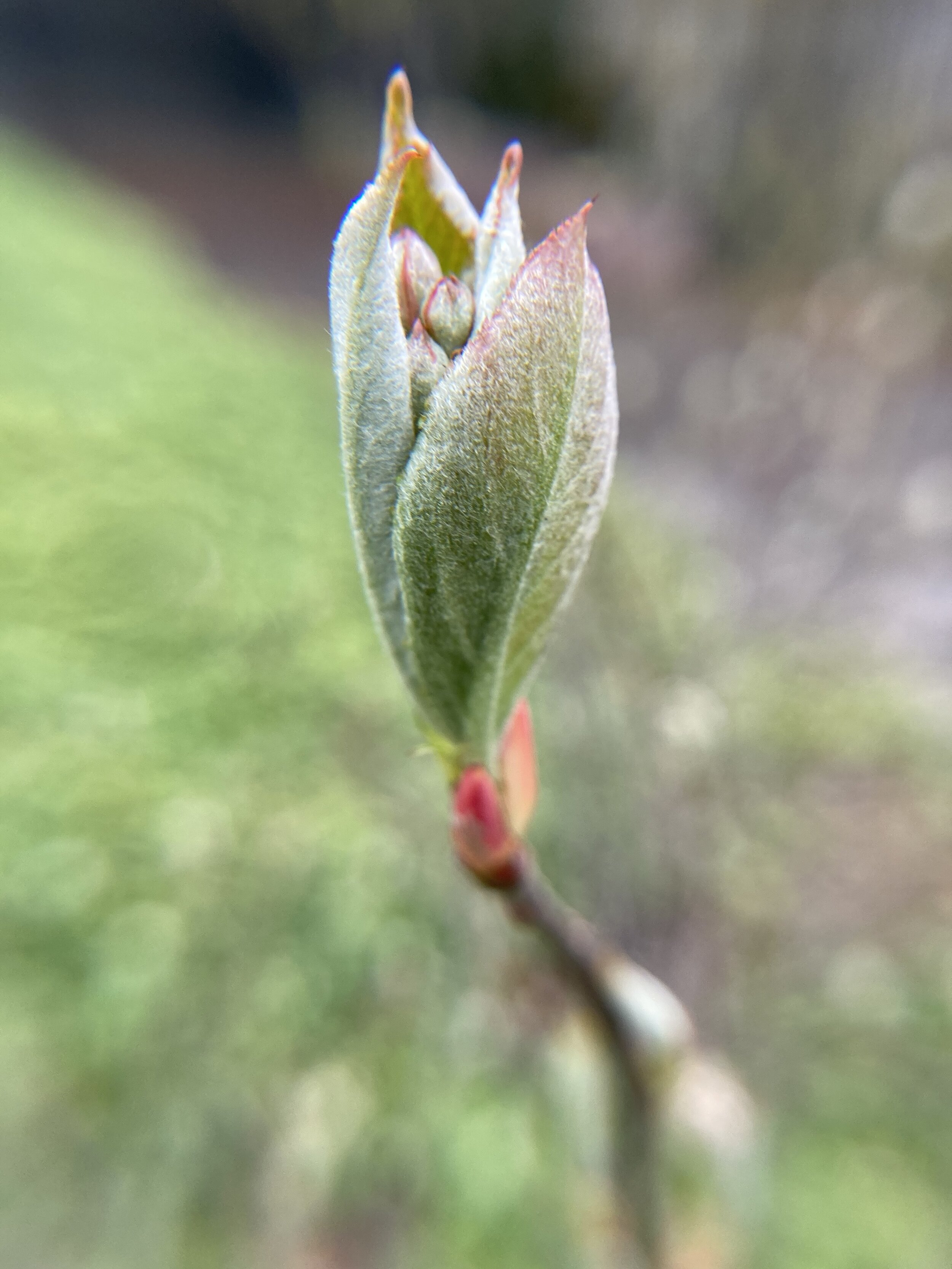
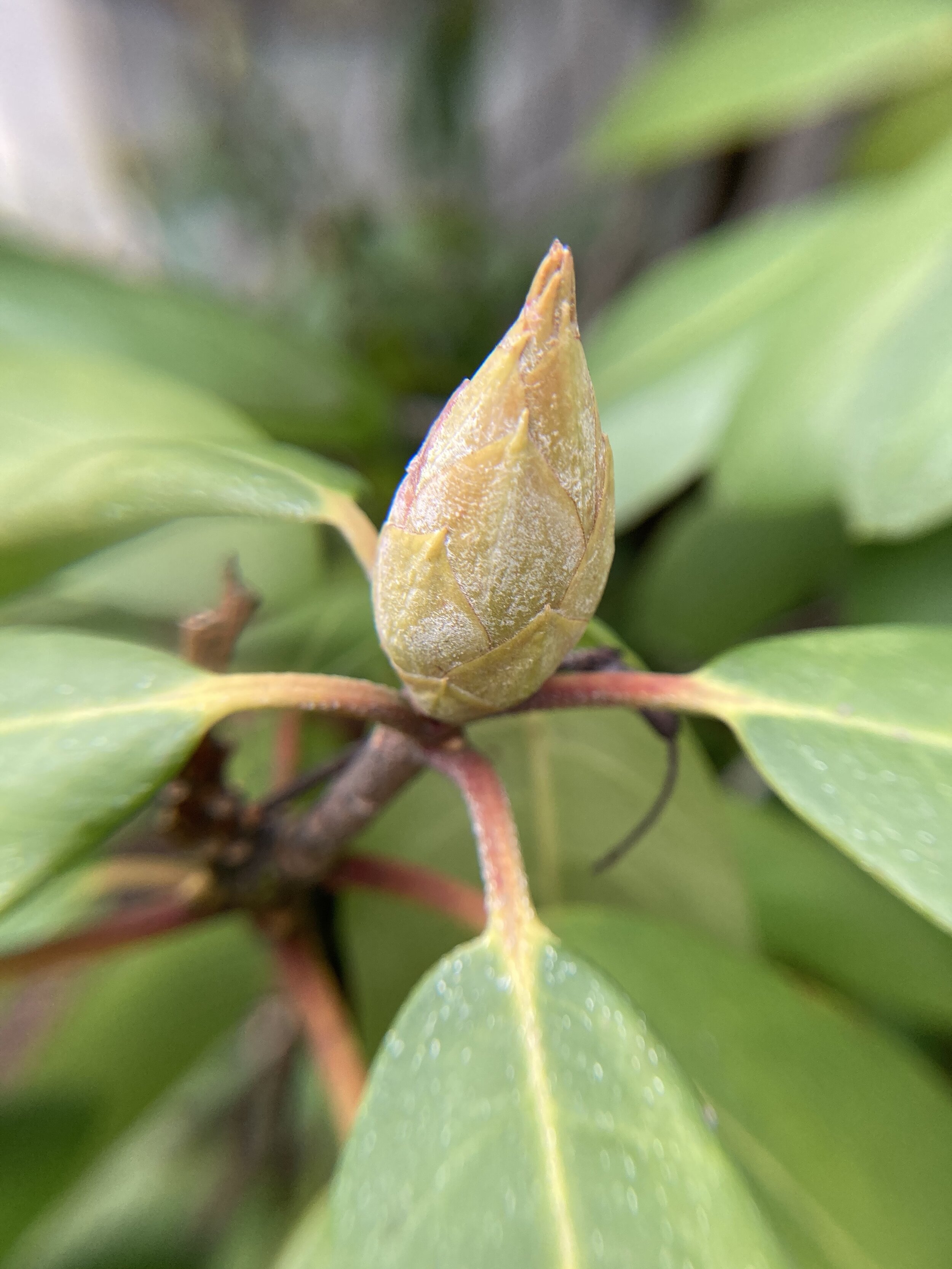
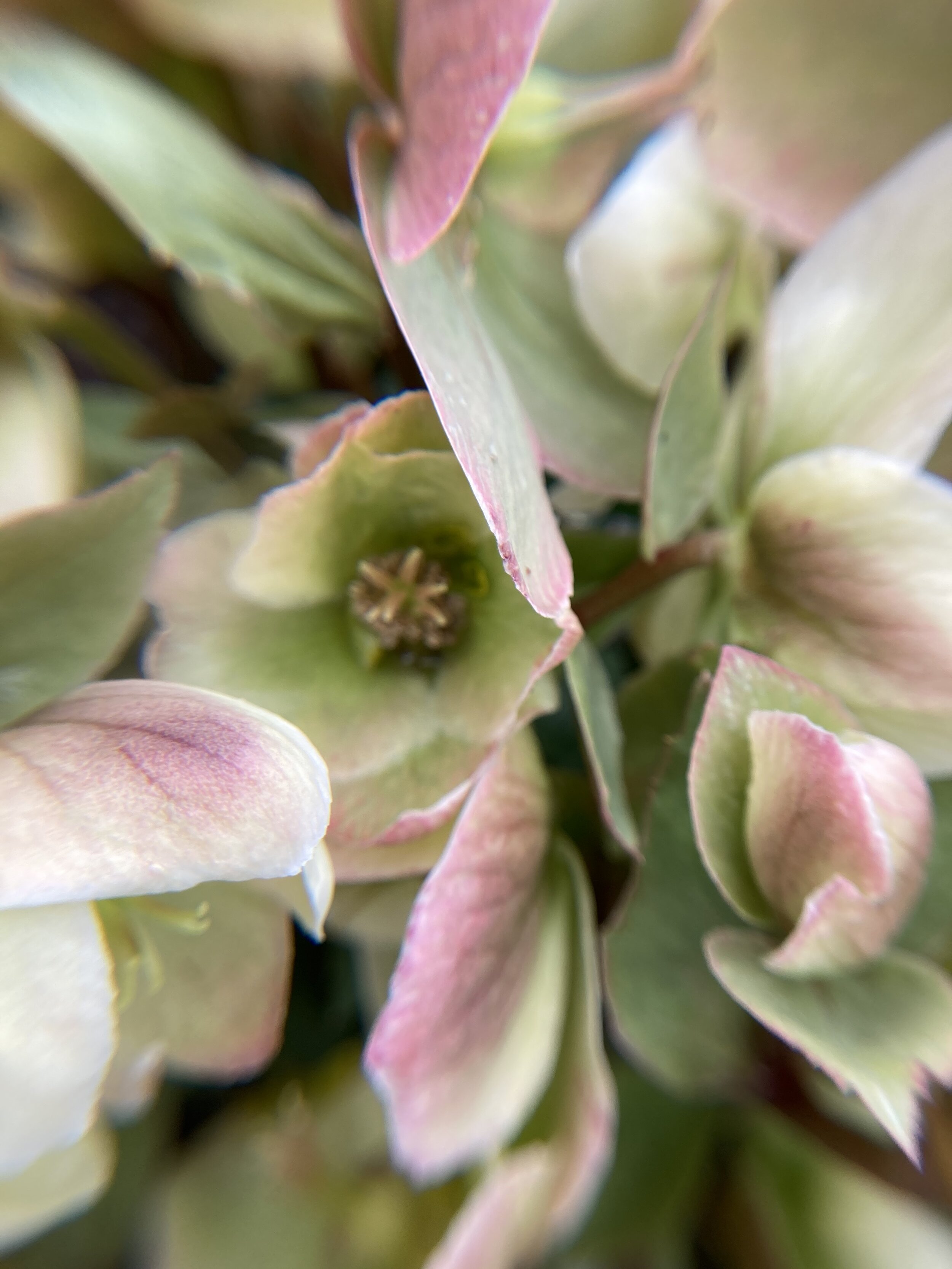
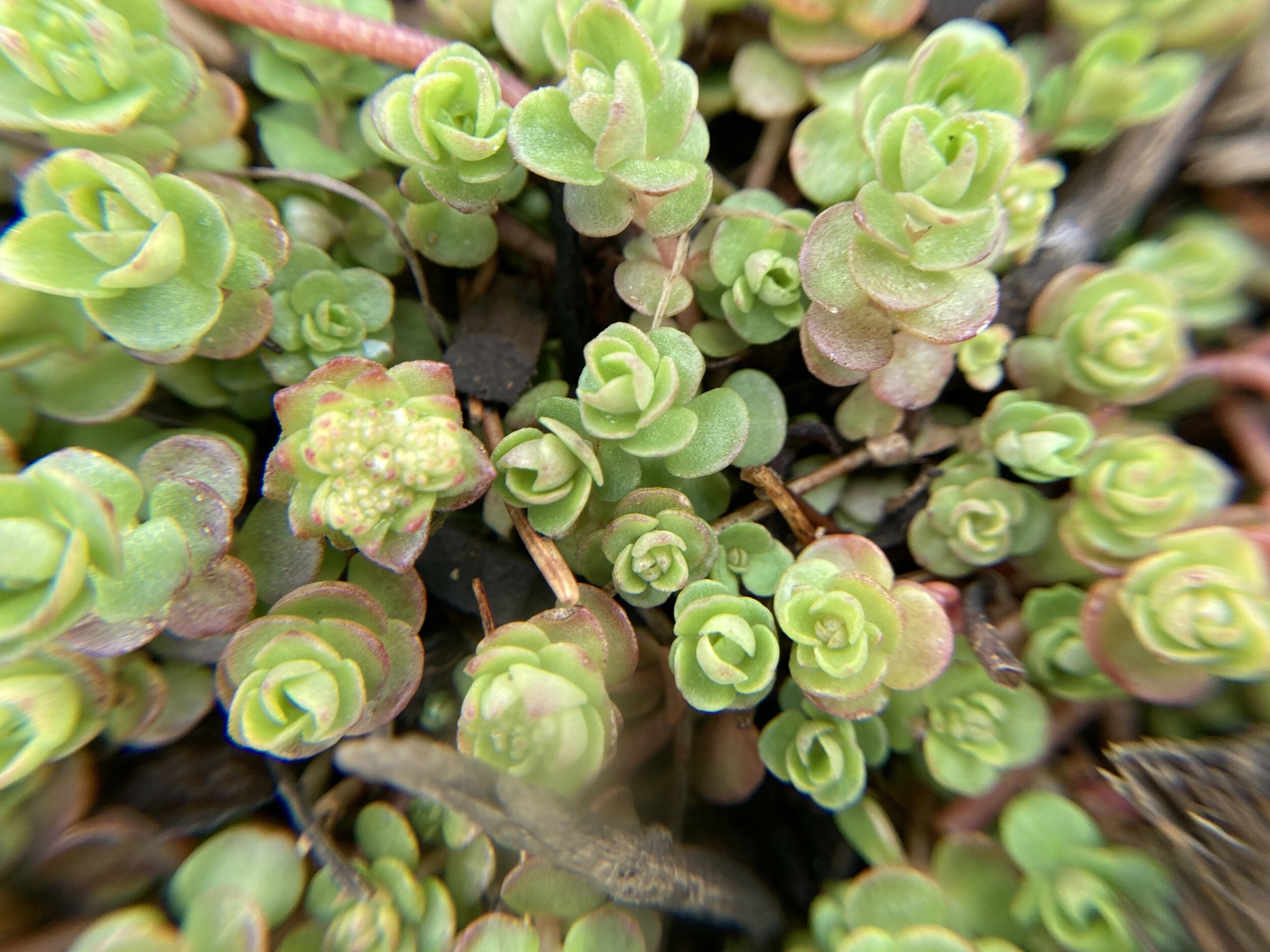

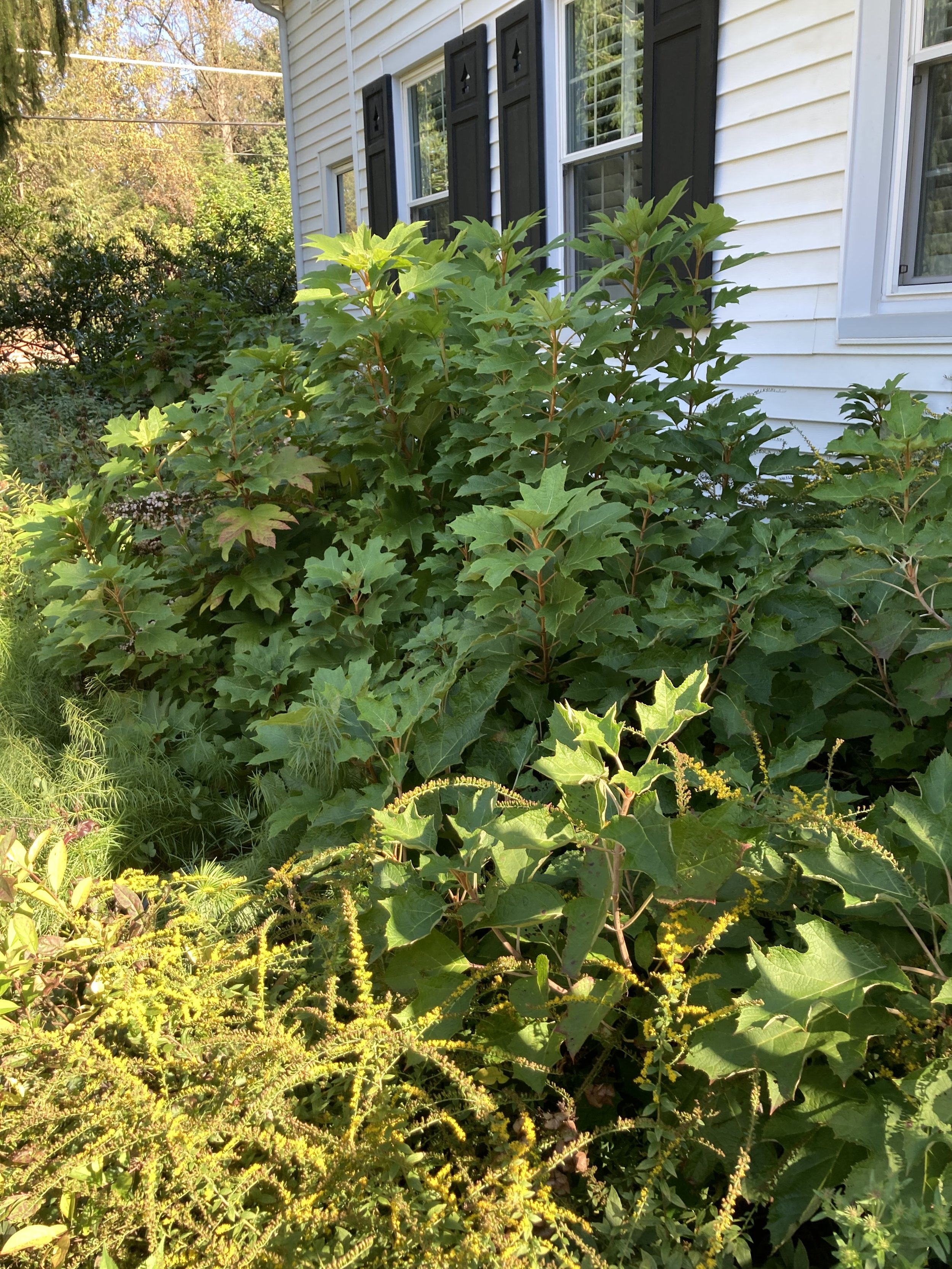
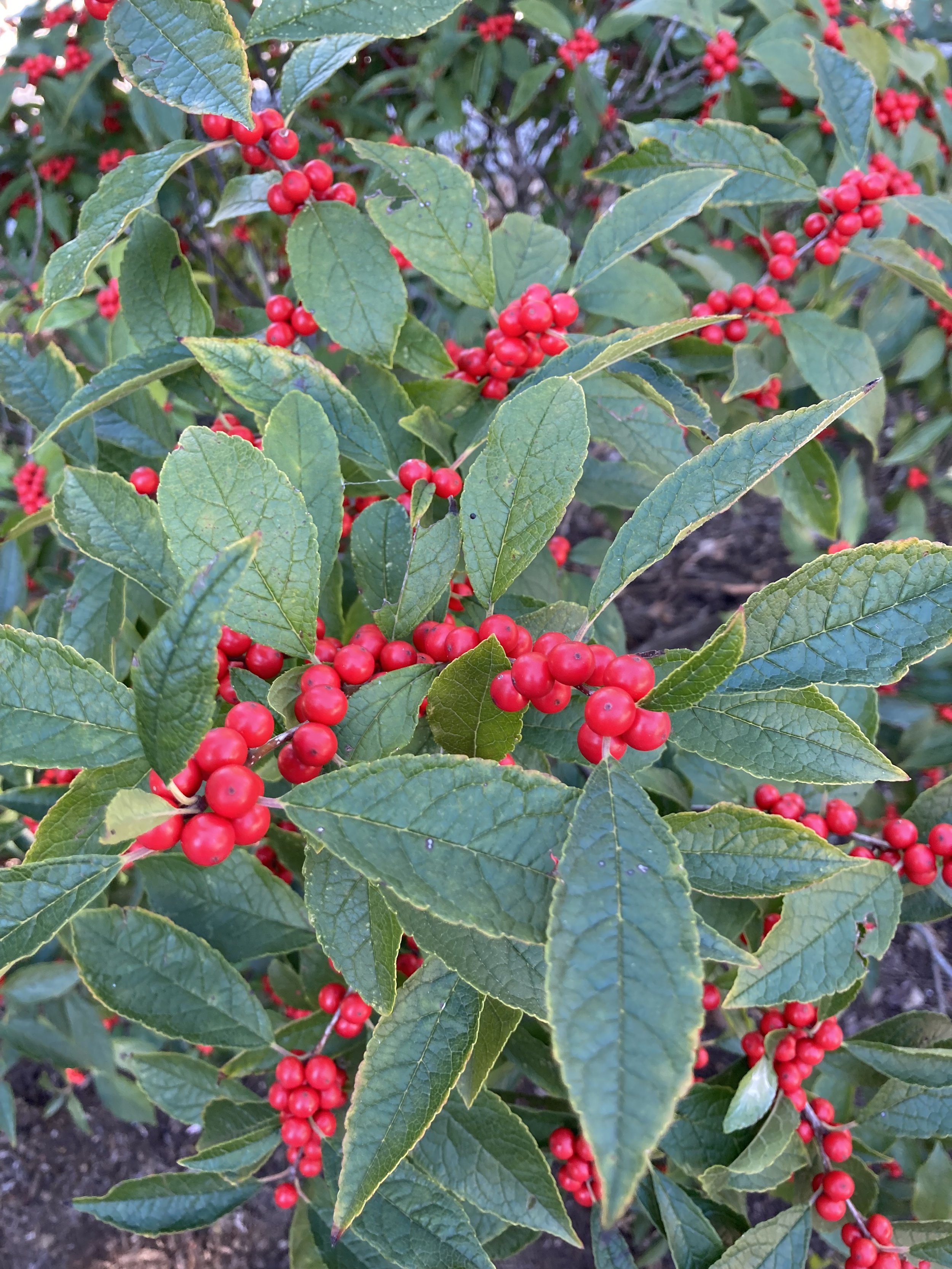
Pre-planting, this site was populated with non-native azaleas and expansive lawn. The clients of this beautiful colonial home enthusiastically embraced the native-plant concept and the monoculture of grass transformed into diverse and rich habitats, abundant with shrubs like ilex vertcillata (winterberry), itea virginica (virginia sweetspire), and fothergilla, alongside perennials such as aster, goldenrod, bluestar, milkweed, stokesia, and black-eyed susans. If we want to conserve and encourage biodiversity, we need to create “biological corridors” like this yard, transforming the spaces that surround us into ecologically-rich zones that form pathways and connectors between inhabited areas and wild ones, paths that birds and insects and butterflies can follow to survive. Please see Douglas Tallamy’s Nature’s Best Hope for more on how we can transform our gardens into what he calls “Homegrown National Parks.”

